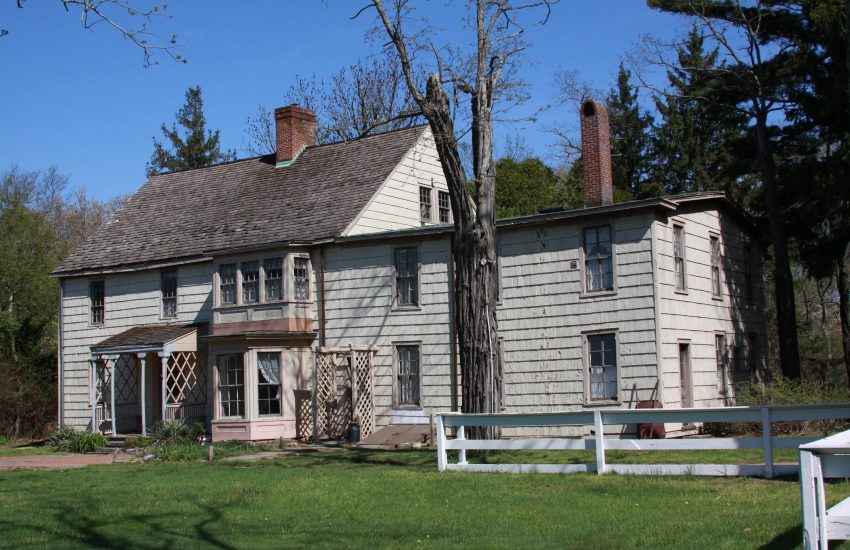What Are The Benefits Of High-quality Composite Decking Boards?
When composite decking first appeared on the market in the late 1990s, some customers were dissatisfied with how it aged. They reported that as the wood fibres aged, the deck would become dull quite quickly, and in a wet environment the decking was subject to mould and rot that could lead in some cases to deformations and even structural failure.
Improvements in technology mean that these problems have now been resolved, and there are many high quality composite choices available to the consumer. Marketed as combining the natural look and feel of wood with the much lower maintenance requirements of UPVC, composite decking boards are available in a wide range of colours and finishes and are easy to install.

What are composite decking boards?
Simply put, they are a combination of PEFC certified wood flour and virgin PVC, which is then dyed and finished to provide a range of different colours and textures. The boards do weather slightly once installed, and the colours will be subject to some initial change as the wood fibres experience natural bleaching in sunlight, but once acclimatised to their environment, the colour stabilises. Regular cleaning is advised to keep the decking looking its best.
The benefits of using composites
Unlike wood, composites do not require maintenance in the form of sanding, sealing and staining, and they do not warp, split or splinter. Decking made from composite boards is slip-resistant, making it an ideal barefoot surface.
In addition to the greatly reduced maintenance requirements, when compared to a natural timber deck, composite boards give the consumer access to colours and finishes which would be very expensive to recreate in natural wood.
Available in 8 colours, Twinson® products also come with a 25 year guarantee that they will not split, splinter or suffer structural damage as a sole and direct consequence of termites, insects or soft rotting micro-fungi.
Additionally, the boards also do not overheat in hot weather. While they will eventually react to heat, they’ll do so at a higher temperature than wood, giving some extra protection, should you happen to have a fire pit or fire table.
Ease of fitting
Composites have evolved greatly since they were first launched onto the market two decades ago. Hollow boards reduce the overall weight and composite decking can be installed using the same tools as would be needed to install one made from wood.
Composite decks can be placed on a standard timber deck sub-frame and clips ensure an even gap between boards, allowing for expansion. This system of clips also allows for plank removal or replacement without causing damage to the rest of the deck.
There are a huge range of finishes to choose from, and with low maintenance, easy installation and repair, and the ability to reconfigure and redesign without too much difficulty, it is no surprise that high quality composite decking has now evolved into an outdoor surface that inspires trust for the long term.















